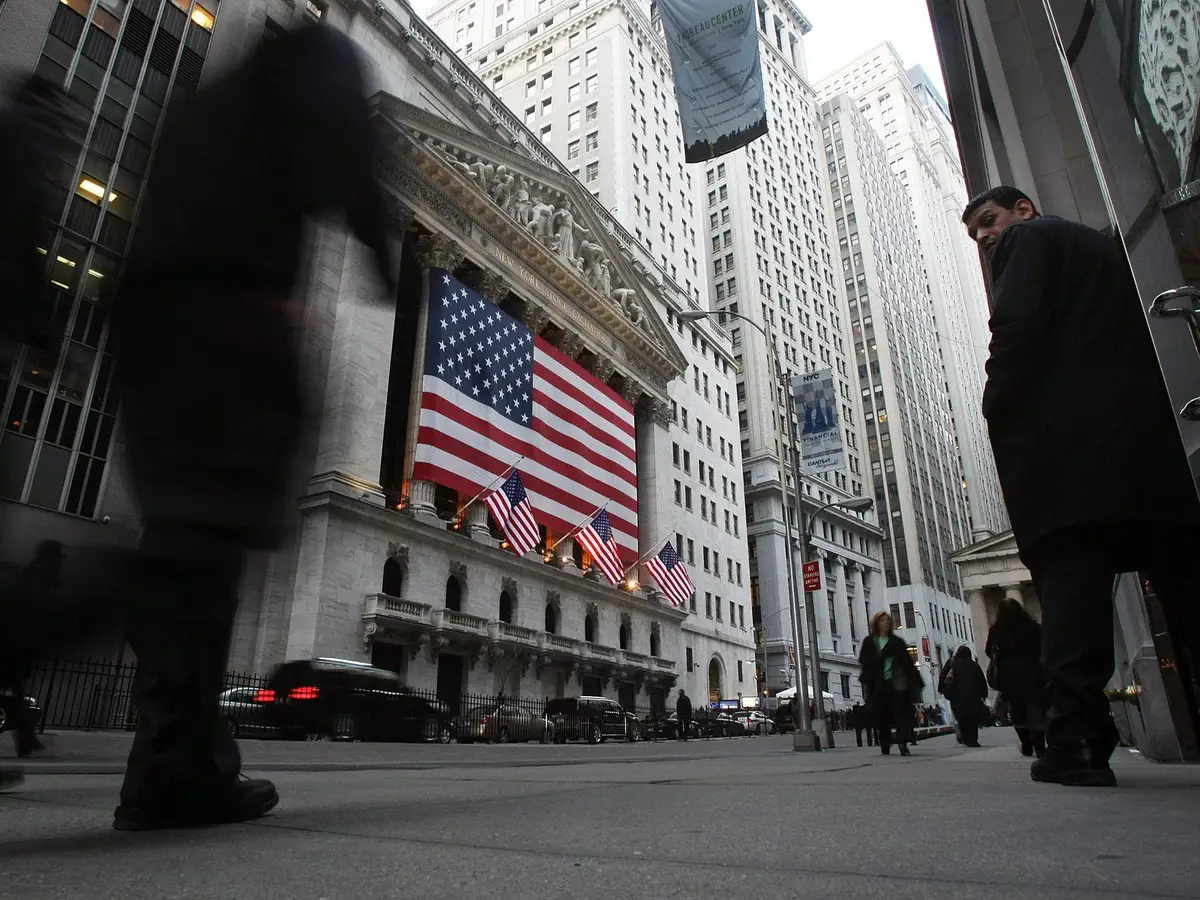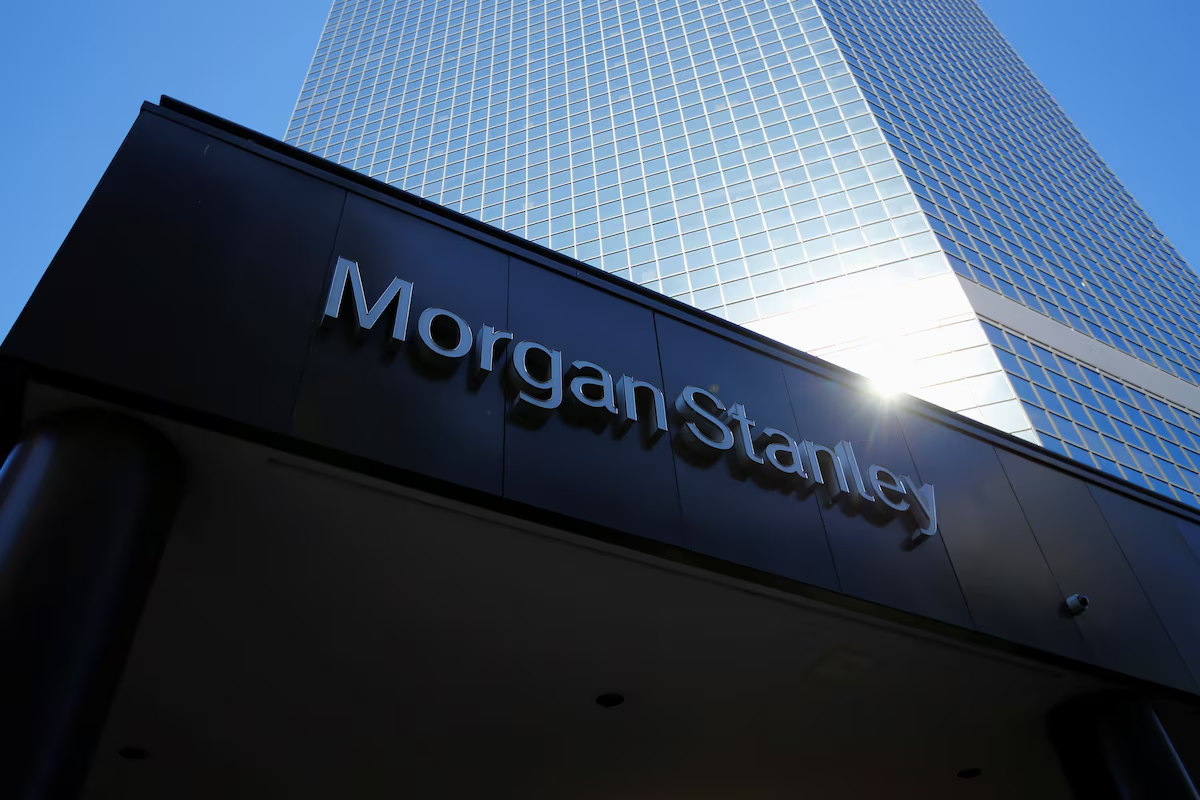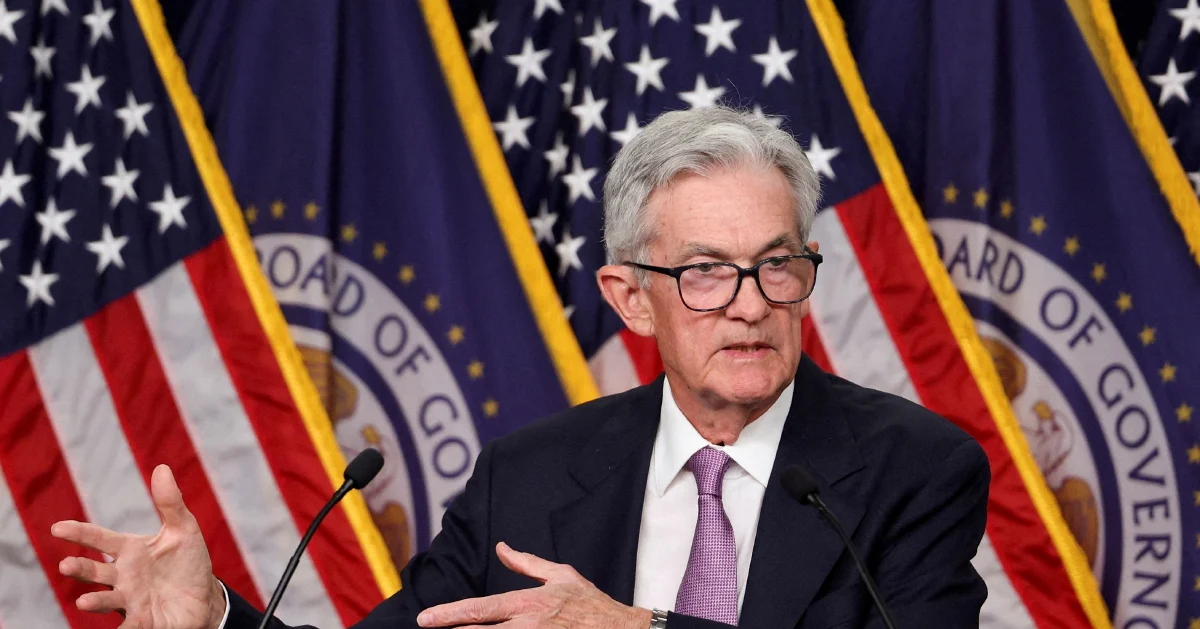Global markets began the week on a stronger footing as investors turned cautiously optimistic about the global economy. Signs of easing U.S.–China trade tensions, improving corporate earnings in Europe, and mounting expectations of interest rate cuts from central banks combined to lift sentiment across equities, bonds, and currencies.
Markets Find Their Footing
After several weeks of volatility and mixed data, investors appear to be regaining confidence. European equities steadied on Tuesday, following a broad rally in Asia and early gains in U.S. futures. The shift comes as investors grow more confident that central banks are approaching the end of their tightening cycles, raising hopes for a more supportive policy environment heading into the final quarter of 2025.
Analysts said much of the optimism stemmed from recent signals suggesting that the Federal Reserve could begin cutting interest rates within months. A similar trend is expected from the European Central Bank, which is facing growing calls to ease borrowing costs amid weakening industrial data and subdued inflation expectations.
Asia Leads Global Gains
Asian markets took the lead in the global rebound. Japan’s Nikkei index climbed sharply, approaching record highs as investors bet on continued pro-growth measures following recent political changes in Tokyo. Technology and export-oriented sectors saw the strongest gains, helped by a weaker yen and stronger global demand for semiconductors.
Chinese markets, while more restrained, also moved higher as Beijing hinted at new measures to stabilize the property sector and encourage private investment. Hong Kong’s Hang Seng index rose modestly, lifted by tech and energy stocks, while South Korea’s KOSPI rallied amid optimism about global chip demand recovery.
European Markets Hold Steady
In Europe, the mood was more cautious but nonetheless positive. The pan-European STOXX 600 index held near multi-month highs, supported by financial and energy shares. Germany’s DAX and France’s CAC 40 fluctuated in early trading but remained in positive territory, while the FTSE 100 gained slightly, bolstered by stronger commodity prices and a weaker pound.
Investors were closely watching comments from European Central Bank officials, with President Christine Lagarde expected to speak later in the week. Many traders anticipate she will strike a more dovish tone as eurozone growth remains fragile.
Bond Yields Edge Lower
In the bond markets, yields eased across major economies as investors increased bets on rate cuts. The benchmark 10-year U.S. Treasury yield slipped modestly, while eurozone yields also fell, reflecting renewed demand for safe assets. The shift in yields underscores growing expectations that monetary policy will begin to pivot toward supporting growth rather than curbing inflation.
Meanwhile, credit market tensions have eased slightly following last week’s concerns about regional banks and private credit exposure. Although underlying fragilities remain, the absence of fresh shocks has allowed risk sentiment to stabilize.
Earnings and Trade Driving Sentiment
Corporate earnings have also helped lift global sentiment. Strong results from technology, industrial, and consumer goods companies suggest that global demand remains resilient despite lingering headwinds.
In addition, the trade landscape appears to be improving. Reports of diplomatic progress between the United States and China over tariff and export restrictions have reduced fears of renewed trade friction. Analysts say this has been a key factor in supporting the latest rally, particularly for markets in Asia and Europe that are heavily reliant on global trade flows.
Remaining Risks and Market Caution
Despite the improved outlook, risks persist. Inflation remains uneven across regions, and central banks may hesitate to move too quickly on rate cuts if price pressures reaccelerate. In addition, credit risks within regional banking systems and corporate debt markets continue to concern regulators.
There are also geopolitical uncertainties — including tensions in the Middle East and upcoming elections in major economies — that could reintroduce volatility. Furthermore, some strategists warn that equity valuations, especially in technology and consumer sectors, have become stretched after the latest rally.
Investor Outlook
For investors, the current phase represents a cautious re-entry point into global equities. Portfolio managers are increasingly favoring high-quality, large-cap stocks with solid balance sheets and exposure to growth sectors such as technology, healthcare, and green energy. At the same time, defensive strategies remain in play, as the macroeconomic landscape could shift quickly if central banks fail to deliver the anticipated easing.
Diversification across regions is becoming a central theme again, with many fund managers increasing exposure to Asian and European equities after months of U.S.-led dominance. Emerging markets are also attracting attention due to improving currency stability and more favorable capital flows.
Conclusion
The rebound in global markets underscores a shift in tone — from anxiety to cautious optimism. Investors appear willing to look beyond short-term challenges, focusing instead on the possibility of a gentler monetary environment and a steadier world economy.
Whether this optimism endures will depend largely on how central banks, policymakers, and trade negotiators manage the next phase of global recovery. For now, however, the rally suggests investors are ready to take calculated risks once again, hoping the next chapter in the global financial story is one of stabilization rather than turbulence.
















Leave a Reply